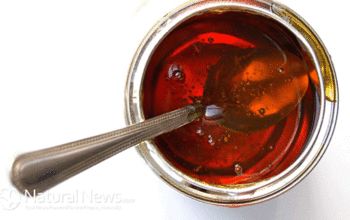Iron deficiency anemia is a common yet often overlooked health condition that affects millions of people worldwide. This nutritional disorder occurs when the body lacks sufficient iron to produce adequate hemoglobin, the protein in red blood cells responsible for carrying oxygen throughout the body. Understanding its symptoms, causes, and treatment is crucial for maintaining optimal health and preventing potential complications.
Recognizing the Symptoms of Iron Deficiency Anemia
The symptoms of iron deficiency anemia can be subtle and develop gradually, making them easy to miss. Individuals may experience a range of physical and physiological changes, including:
- Persistent Fatigue and Weakness: The most common and telling sign of iron deficiency, where even simple tasks become exhausting
- Pale Skin: A noticeable reduction in skin color, particularly in the face, inner lower eyelids, and mucous membranes
- Cardiovascular Symptoms: Rapid or irregular heartbeat, shortness of breath, and dizziness
- Additional Symptoms: Unexplained hair loss, brittle nails, cold hands and feet, and increased susceptibility to infections
Understanding the Root Causes
Iron deficiency anemia can arise from various sources, categorized into three primary groups:
Dietary Causes
- Insufficient iron intake through diet
- Poor absorption of dietary iron
- Strict vegetarian or vegan diets without proper supplementation
Medical Causes
- Heavy menstrual bleeding
- Gastrointestinal disorders like peptic ulcers
- Chronic conditions that interfere with iron absorption
- Frequent blood donations
Special Population Risks
- Pregnant women
- Growing children and adolescents
- Individuals with chronic diseases
Diagnostic Process
Diagnosing iron deficiency anemia involves a comprehensive medical evaluation, typically including:
- Complete Blood Count (CBC) to assess hemoglobin levels
- Serum ferritin test to measure iron storage
- Transferrin saturation test
- Potential bone marrow examination in complex cases
Comprehensive Treatment Strategies
Treatment for iron deficiency anemia is multifaceted and depends on the underlying cause:
Iron Supplementation
- Oral iron supplements
- Intravenous iron therapy for severe cases
- Importance of taking supplements with vitamin C to enhance absorption
Dietary Interventions
- Consuming iron-rich foods like lean meats, spinach, and legumes
- Incorporating vitamin C-rich foods to improve iron absorption
- Avoiding iron absorption inhibitors like caffeine and calcium-rich foods during supplement intake
Addressing Underlying Conditions
Treating the root cause is essential for long-term management, which may involve managing menstrual disorders, treating gastrointestinal issues, or addressing chronic health conditions.
Prevention and Lifestyle Management
Preventing iron deficiency anemia involves a proactive approach:
- Regular medical check-ups
- Balanced, nutrient-rich diet
- Understanding individual risk factors
- Proper management of underlying health conditions
When to Seek Medical Attention
Consult a healthcare professional if you experience persistent symptoms like extreme fatigue, shortness of breath, or unusual paleness. Early detection and treatment can prevent potential complications and improve overall health.
Remember, while this article provides comprehensive information, individual medical advice should always be sought from qualified healthcare professionals who can provide personalized guidance based on your specific health needs.





